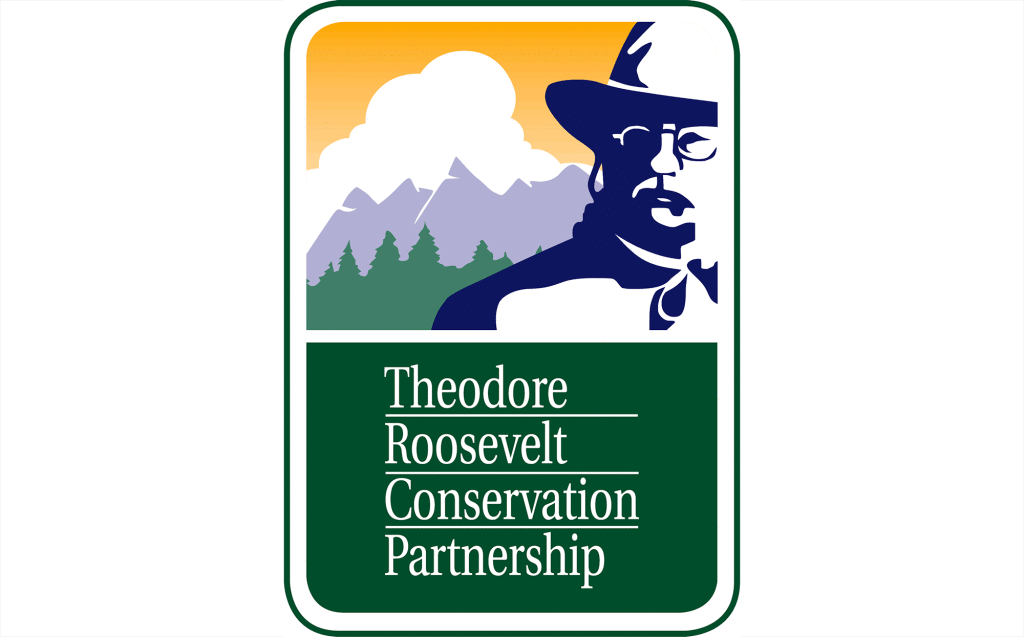The North American Model, Explained

A Quick Primer on the Foundation of Our Hunting and Fishing Heritage
Hunters and anglers have long been the driving force behind wildlife conservation in America. In the second half of the 19th century, hunters began to organize and advocate for the creation of wildlife refuges, after witnessing the effects of market hunting and the wanton destruction of habitat. Some species, like the passenger pigeon, were taken to the point of no return; others such as bison, whitetail deer, and wild turkeys, were pushed to the edge of extinction.
President Theodore Roosevelt is generally remembered as the father of conservation in our country. He credited wild places and wildlife for his own personal development, and feared that the rugged individualism the wilderness taught him would be lost if he didn’t succeed in making conservation the nation’s highest priority. During his tenure as president, Roosevelt set aside more than 240 million acres as national parks, forests, monuments, and wildlife refuges. He and his colleagues were instrumental in ending market hunting and ushering forward our nation’s conservation ethos.
Subsequent generations expanded Roosevelt’s legacy by creating funding mechanisms, primarily through excise taxes and license fees, to pay for the professional management and acquisition of millions of acres for the public to enjoy. During the early 1900s, important laws were passed, including the Migratory Bird Treaty Act of 1918, the Migratory Bird Hunting and Conservation Stamp Act of 1934, the Federal Aid in Wildlife Restoration Act of 1937 (better known as the Pittman-Robertson Act), and the Federal Aid in Sport Fish Restoration Act of 1950 (the Dingell-Johnson Act).
These statutes and the legal and funding framework that has since developed through these collective actions is now known as the North American Model of Wildlife Conservation. The term — coined and further expanded upon by luminaries such as Valerius Geist and Shane Mahoney, and championed by groups such as the Boone and Crockett Club and The Wildlife Society— outlines the principles that have underpinned successful wildlife conservation efforts in Canada and the United States.

The Seven Pillars
As articulated by the U.S. Fish and Wildlife Service, seven features make the North American model distinct:
1) Wildlife is a public resource and held in public trust. In the Unites States, wildlife is considered a public resource, independent of the land or water where wildlife may live. Government at various levels have a role in managing that resource on behalf of all citizens and to ensure the long-term sustainability of wildlife populations.
2) Markets for game have been eliminated. Government actions making it illegal to buy and sell meat and parts of game and non-game species have removed a huge threat to the survival of those species. A market in furbearers continues as a highly regulated activity.
3) Allocation of wildlife by law. Wildlife is a public resource managed by government. As a result, access to wildlife for hunting is through legal mechanisms such as set hunting seasons, bag limits, license requirements, etc.
4) Wildlife can only be killed for a legitimate purpose. Wildlife is a shared resource that must not be wasted. The law prohibits killing wildlife for frivolous reasons.
5) Wildlife species are considered an international resource. Some species, such as migratory birds, cross national boundaries. Treaties such as the Migratory Bird Treaty and CITES recognize a shared responsibility to manage these species across national boundaries.
6) Science is the proper tool for discharge of wildlife policy. In order to manage wildlife as a shared resource fairly, objectively, and knowledgeably, decisions must be based on sound science such as annual waterfowl population surveys and the work of professional wildlife biologists.
7) The democracy of hunting and fishing. In keeping with democratic principles, government allocates access to wildlife without regard for wealth, prestige, or land ownership.

A Heritage Worth Fighting For
Today, we all have a duty to understand this uniquely American privilege and to preserve it for future generations.
Too often we take for granted what Roosevelt and generations of conservation-minded leaders have left us: a system of public lands that is unparalleled in all the world; the best-managed fish and wildlife populations of any nation; and the ability for all Americans to hunt and fish, regardless of class or economic status.
SHARE ON
You may also like
The role corn plays for gamebirds and economies ac...
Sportsmen’s conservation policy issues from publ...
Sportsmen’s conservation policy issues from publ...


























